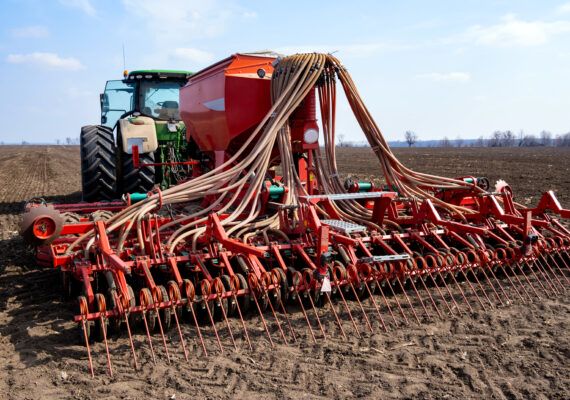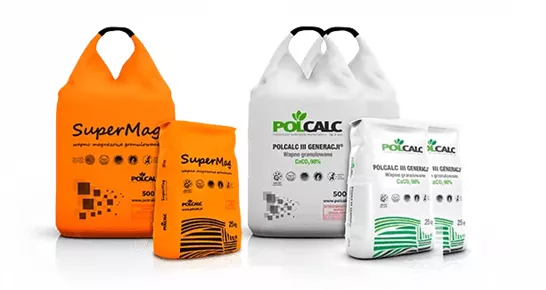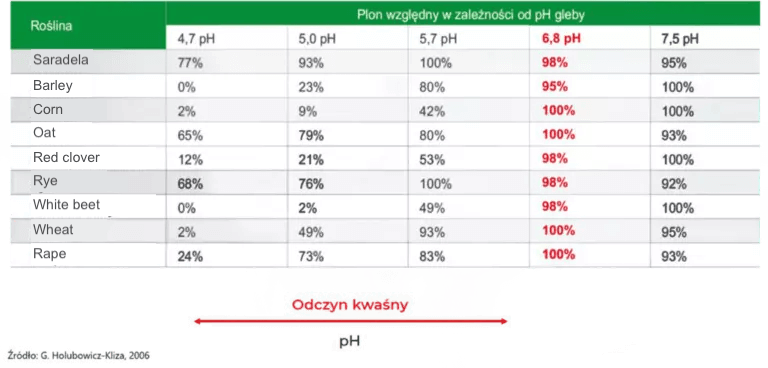
TYPES OF NO-TILL FARMING
In no-till farming, two types of soil cultivation are distinguished: direct seeding and strip-till cultivation:
- Direct seeding involves gently splitting the soil over a certain distance, followed by sowing seeds on it;
- Strip-till cultivation, also known as strip-till, involves loosening a strip of soil with a width of about 15-20 cm. Seeds are sown in this strip.
Both types of no-till farming contribute to reducing the number of tractor passes in the field. This saves both time and fuel.
ADVANTAGES OF NO-TILL FARMING
The main advantages of no-till soil cultivation are:
- Reduced time and labor input in the field;
- Optimization of sowing dates;
- Lower fuel consumption;
- Lower costs associated with machinery maintenance;
- Reduced emissions of pollutants such as carbon dioxide into the atmosphere;
- Improved soil structure;
- Higher organic matter content in the surface layer of the soil;
- Prevention of soil drying out and aeration, hence reducing airborne and water erosion;
- Enhanced biological and microbiological life in the soil.
DISADVANTAGES OF NO-TILL FARMING
Despite numerous advantages, no-till farming also has certain drawbacks, including:
- Lower yields compared to traditional plowing;
- Increased weed growth around crops;
- Need for higher amounts of herbicides to control weeds;
- Higher incidence of plant pests;
- Excessive soil compaction leads to acidification;
- The necessity of equipment replacement on the farm with machinery that allows for soil loosening operations;
- Poorer water and nutrient uptake from the soil by plants;
- Increased risk of plant diseases caused by fungi.
HOW TO GET STARTED? STEP-BY-STEP NO-TILL FARMING
No-till farming, also referred to as simplified or reduced tillage, involves reducing the number of field cultivation operations. In this system, the top layer of soil is loosened and mixed without overturning it. Earthworms and other soil organisms do the work of plowing here, loosening and aerating the soil, making it more fertile.
Machines such as cultivators, disc harrows, loosening devices, and modern implements like tillage equipment are used for fieldwork in no-till farming. They allow for shallow cultivation of plants.
No-till farming should create a uniform layer on the soil surface. It should consist of soil mixed with straw and residues left after harvests. To ensure proper pH of the soil and healthy plant growth, liming treatment is necessary.
THE ROLE OF LIMING IN NO-TILL SOIL CULTIVATION
In Poland, no-till farming systems are increasingly being adopted. They contribute to reducing the labor intensity of crop production, minimizing water losses, and improving soil structure by increasing the organic matter content (humus). It’s worth noting that compared to traditional tillage systems (using plows), in simplified tillage and direct seeding, the accumulation of plant residues leads to a significant increase in the concentration of P, K, and Mg in the surface layer of the soil. The uptake and utilization of macronutrients by plants from the plow layer soil are closely related to their solubility in the soil solution. However, it should be remembered that the process of nutrient uptake from the soil depends to a large extent on its pH.
Soils in Poland are variously acidified (Fig. 1), so maintaining them in proper agro-culture requires attention to the correct pH. This is particularly important in the case of no-till cultivation systems, which naturally tend to increase the acidity of the surface layer of the soil (Małecka et al. 2012). In the case of no-till cultivation, low soil pH necessitates the pre-sowing application of granulated carbonate lime Polcalc III Generation or granulated magnesium lime SuperMag (Fig. 2) at a rate of 500 to 1000 kg∙ha-1 (depending on soil pH and the species of planted crop).

Fig. 1. Soil pH distribution in individual voivodeships

Fig. 2. Granulated calcium and calcium-magnesium fertilizers produced by Polcalc Nawozy Wapniowe Sp. z o.o.
For highly acidic no-till soils, liming should be a two-stage process. First, powdered carbonate lime Kujawit should be applied at a rate of 2.0 – 3.5 t∙ha-1, and only after planting should the second dose of granulated liming agent, such as Polcalc III Generation or SuperMag, be applied at a rate of 500 to 1000 kg∙ha-1. For slightly acidic soils, Polcalc III Generation or SuperMag should be applied as a top dressing after crop emergence. The lime dose should then be adjusted according to the species of the cultivated plant (www.polcalc.pl). Determining the optimal soil pH suitable for a particular plant allows for reducing fertilization costs while achieving high yields (Table 1).







